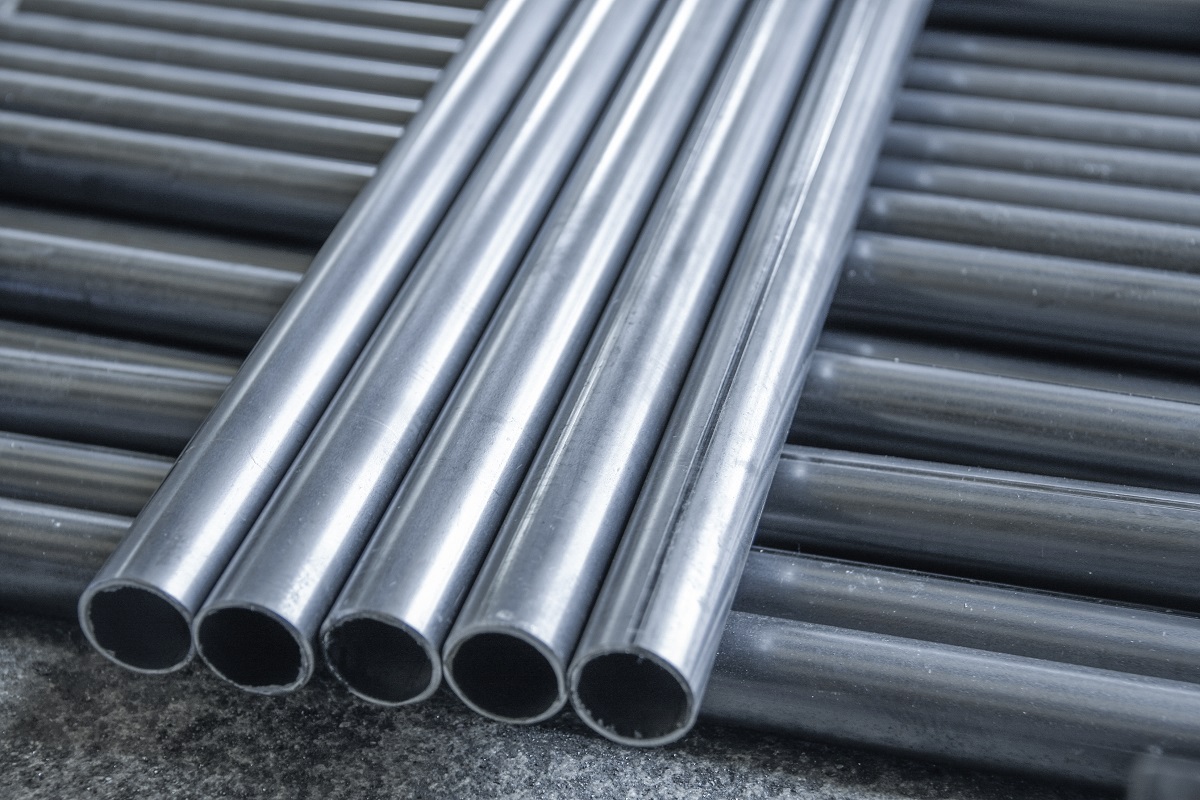
The mechanical properties of galvanized pipes should meet the requirements of GB-3092. The mechanical properties of steel are important indicators to ensure the final performance (mechanical properties) of steel, which depends on the chemical composition and heat treatment system of steel. In the steel pipe standard, the tensile properties (tensile strength, yield strength, or elongation at yield point), hardness, and toughness index, as well as the high and low-temperature performance required by users are specified according to different application requirements.

Galvanized pipes with a nominal diameter not greater than 50 mm shall undergo cold bending tests. The bending angle is 90°, and the bending radius is 8 times the outer diameter. The test shall be carried out without filler and the weld of the specimen shall be placed on the outside or on top of the bending direction. After the test, there should be no cracks in the sample, which is the same as the peeling off of the zinc layer. Galvanized pipes shall be tested for uniformity of galvanized coating. The galvanized pipe sample shall not be reddened (copper-plated) by immersing it continuously in copper sulfate solution 5 times.
What construction skills or attention should be paid to the antirust paint for galvanized pipes?
1. The surface of the galvanized pipe should be treated with antirust.
2. The welding joint needs to be polished and smoothed, and then painted with anti-rust paint.
3. If the anti-rust layer of the welded joint is damaged during welding and cutting, and the anti-rust effect is not achieved, it is necessary to fill the unevenness of the welded joint with putty, and then apply the anti-rust paint.